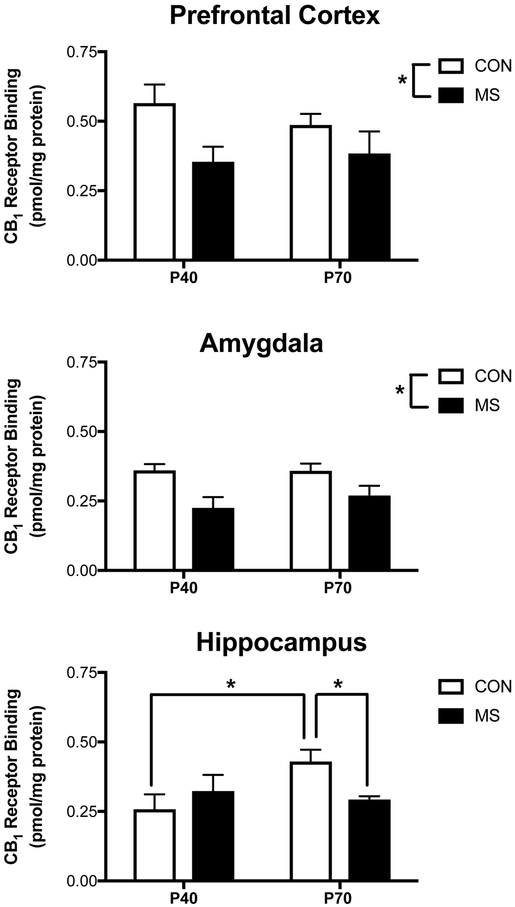Figure 4. Maternal Separation Impacts CB1 Receptor Densities in the Adolescent and Adult Brain.
The maximal binding site density (Bmax) of the cannabinoid CB1 receptor, as determined by specific binding of the 3H-CP55,940, was examined in the prefrontal cortex, amygdala and hippocampus of the adolescent brain at PND40 and the adult brain at PND70. Within the prefrontal cortex (upper panel) and amygdala (middle panel), maternal separation (MS) stress was found to result in a main effect of reduced CB1 receptor binding site densities at both PND40 and PND70. Within the hippocampus, there was an age dependent effect, such that CB1 receptor binding site densities were found to be higher at PND70 relative to PND40. Exposure to MS stress had no effect on CB1 density within the hippocampus at PND40, but at PND70 animals exposed to MS stress had reduced CB1 receptor binding site densities relative to control (CON) animals. Data are presented as means +/− SEM. * denotes significant differences (p < .05) between CON and MS groups or identified age groups. All n = 4 / treatment condition.

